Neuralink’s aim to make neuro-implants commonplace indicates a changing landscape for insurance companies. These are the main implications for the industry.
To control an electronic device with our mind alone might seem like science fiction to some but that’s the promise of Elon Musk latest venture.
Neuralink is the name of the brain implant startup in which Elon Musk invested around 100 million dollars. It’s already being tested on animals: a neurochip was connected to the brain of a pig allowing the company to collect real time information about the animal’s mind. On its own, this fact does not prove the success or proximity of this type of brain implant in our lives. However, it does allows us to explore the possibilities that open up in the future in the field of neuronal engineering.
What is the purpose of the brain implant produced by Neuralink?
With this technology, Neuralink is looking to help people with cerebral palsy regain part of their mobility, speech and memory. Using the information processed by the neuroimplant, the company was able to subsequently link that data to computers and other electronic devices through electronic wireless communication. Elon Musk expects people who use the implant to one day be able to express their creativity in leisure activities, such as photography, art or even writing.
As the technology progresses, new pathways of communication are discovered, allowing access to a wider field of neuronal information.
How does it work?
Through neurosurgery, the implant is placed in the brain connecting thousands of neurons and records their activity.
Then, the information obtained about the neurons and their activity is interpreted and the data read in real time through digital processing. The processed data is sent back to the implant, which, in turn, stimulates previously identified neurons via electric signals.
These signals trigger an action, such as the ability to control computers or mobile electronic devices. The communication between the brain implant and the electronic equipment is made using Bluetooth, which allows for greater patient flexibility.
Artificial Intelligence algorithms also play a role. They harness the compounded experience of multiple users and pave the way to increasingly complex activities meaning more freedom of movement, speech and thoughts.
Is Neuralink’s brain implant safe?
Clinical trials of the Neuralink project have not yet started, so the safety and performance of this equipment is not guaranteed. The design of the implant and the technical procedures of the surgery are central topics which will determine the technology’s future. Further innovations are being included to improve the safety of the surgical procedure as compared to traditional neurosurgery.
So far, Neuralink does require general anesthesia, which comes with its own set of challenges. However, it is expected that the duration of surgery will, in time, be reduced and the company might be able to forego general anesthesia completely.
How? Through a neurosurgical robot, which will place the electrodes in a precise and efficient way, through a hole in the skull of up to 23 mm in diameter. Combining this procedure with other advances in robotic surgical tools, it will perhaps be possible to eliminate general anesthesia entirely and implant the device under conscious sedation.
Implanting a device directly into the brain will carry some risk of bleeding. And how does Neuralink plan to reduce this risk? By using threads of a very small scale (micron), inserted with a needle whose diameter is approximately the size of a small cluster of neurons.
As each wire is inserted individually, the use of the neurosurgical robot makes it possible to avoid damage to blood vessels on or near the surface of the brain. There are, however, possible drawbacks. Critics were quick to point out that the procedure for implanting devices in the brain is extremely complex and invasive. Neuralink’s project is undoubtedly revolutionary and, if carried out as planned, it could become a great asset for Humanity, with possibly millions of people able to regain some measure of mobility, speech and memory.
This project is still ongoing, and there are many unanswered questions, from an ethical and scientific standpoint. But it does illustrate a growing demand for technological innovation and an appetite from tech companies to enter a playing field traditionally dominated by healthcare organizations. Will it be possible to recover memory with these types of devices? If so, will it affect other brain fields or other capacities? Will the organism recognize the implant as a foreign body and trigger a combat response against it?
Neuralink spells change for healthcare and insurance
According to a study by Deloitte regarding, in five years’ time, 33% of the business volume of insurance companies will come from products that have not yet been created.
The insurance sector is on the verge of profound change. Innovations like the Neuralink brain implant illustrate the set of comprehensive challenges that technology represents:
- Addressing increased regulatory requirements – Neuralink, and others like it, place increased regulatory pressure on both insurers and their partners. The adoption of new technologies requires framing within the regulation of each country and, according to a recent study, that is precisely the main concern and obstacle to innovation as perceived by C-level management. Will regulation keep up with innovation? And how should insurers react if employers request access to data monitored by Neuralink? Do insurance companies have an obligation to provide security forces with this information?
- Staying ahead of start-ups and tech giants – The success of innovations such as Neuralink will accelerate the entry of start-ups and deep-pocketed players such as Amazon, Google or Apple into the insurance sector. The ability to innovate and create synergies with digital services already on the market (could your google account include insurance details?) signals profound change. Established insurance companies should consider making the first move – leveraging their knowledge of the sector and customers to create new services, increase operational efficiency and anticipating how the customer experience might evolve.
- Shifting customer needs and demand for new healthcare products and services – according to a study by Capgemini, customers are increasingly looking for insurers and partners to provide them with access to new healthcare products and services. A growing number of customers is basing their selection on the technology “edge” of their service provider, the ability to embrace innovation and incorporate it into their existing insurance plans.
- Managing external innovation: so far, much of the growth in the sector was dependent on in-house research and development, meaning growth came from within. With the increasingly fast pace of technological innovation, it is expected that partnerships and cooperative growth models will become more frequent among the most disruptive organizations.
- Automation and operation efficiency: more and more customers expect 24/7 availability and a greater capacity to answer complex questions in different channels (phone, social media, chat). This implies creating more agile customer interaction mechanisms, reinforcing the online presence and support and listening carefully to customer feedback to trigger improvements. Above all, more time for the customer means a greater focus on simplifying and automating many of the administrative processes that currently hold back insurance companies.

